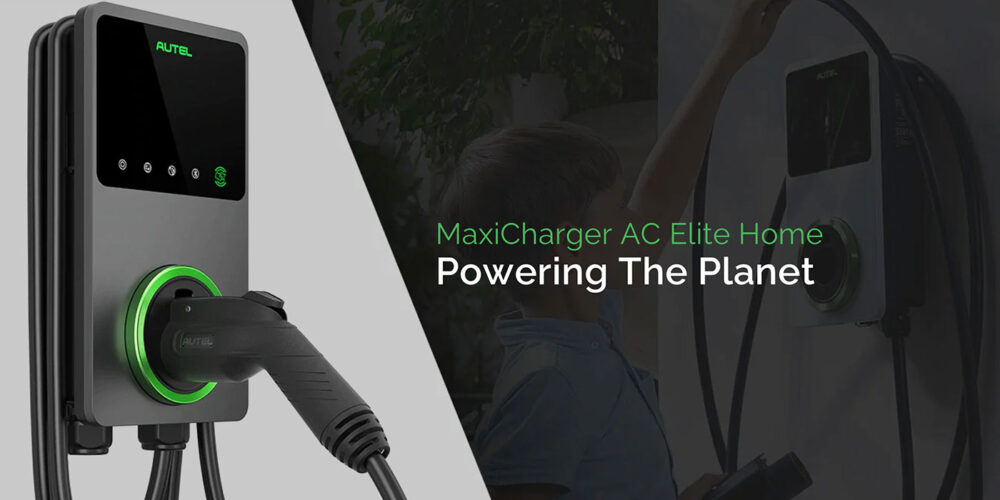By Steve LeFerre
Senior Editor
Tire Review Magazine
What happens when you turn on your TV set? Within 30 minutes, some health nut is telling you to listen to your body. “Your body will tell you what to do,” says an artificially tanned head on a rippling, hard body. Trouble is, our bodies are crying out for pizza, desserts and other cholesterol-choked foods. When we listen, our bodies betray good sense.
But, the news is better when we are advised to listen to our tires. “Your scrap tires will tell you what to do,” say the experts. They’re right! This is a more exact science, more honest work carved out of irrefutable mechanical truths learned since the first pneumatic tire was fitted to an internal-combustion-engine vehicle.
Although life is lived largely in the gray area, this is about black and white. Diagnosing premature tire wear is as far from cholesterol-fighting drugs as one can get. In the healthcare field, we have medical practitioners. With all due respect to their profession, they are still practicing. As a tire expert, practicing isn’t an option.
Here’s a fast example. If a tire is removed because of premature outboard shoulder wear, you look for excessive camber settings, low inflation pressure and the very real possibility of a toe-in alignment correction. You should even ask the customer about aggressive driving. Tires talk to us in many ways.
Heavy shoulder wear on a single tire usually indicates a camber problem. Underlying causes may include a broken or sagging spring, a bent strut or spindle, a mislocated strut tower or engine cradle, a collapsed control arm or a bent control arm.
You will find the problem by checking the alignment settings and each of the possible mechanical culprits just listed. That’s it. No trips to the hospital for extensive outpatient testing, no weeks of waiting, no wondering about results, no hand wringing. Your customers expect fast answers and faster fixes.
When both shoulders are wearing excessively, the tread is not making flat contact with the road. The problem here is inflation pressure and load. If tire inflation pressure is less than 80% of the recommended pressure, deflate the tire, remove it and inspect it for evidence of run-flat damage. This tire should probably not be returned to service because it has been operated in an overloaded, underinflated condition.
This type of diagnosis is based on a quick, visual check. Look at the tire’s condition; it is telling you what is wrong.
Here’s another example. If irregular wear is noticeable on a single strip of the tire only, it may be the result of a manufacturing defect. Talk it over with your sales rep. When you see scalloped wear – dips or cups in the tread – you know the tire is bouncing as it rolls. The cause: The tire is out of balance, out of round or the shocks are weak.
You know that the rear tires on a front-wheel-drive car can often develop strange wear patterns. Again, this is a fast-look diagnosis, and the fix is always the same: Rotate the tires. At the same time, check the rear toe for misalignment. If it’s out of alignment, the scrubbing action that results can produce a heel-and-toe or sawtooth wear pattern on the rear tires.
You also know that rear tires on FWD cars may also develop a horizontal wear pattern in several places. Again, rear toe misalignment is the culprit. In this case, the tires will talk to the driver via vibration at medium-to-high speeds. This tire should probably be relegated to your scrap pile if the wear pattern is substantially established. Rotating the tires at this point would take too long to counter abnormal wear.
Tire Whispers
Still, some visual diagnoses aren’t meant to be quick. If the front tires show toe wear, but front alignment is within specification, check the alignment of the rear wheels. Rear toe misalignment or a thrust angle created by a misaligned rear axle will force the front wheels to steer off center when the vehicle is traveling in a straight line. This causes the front wheels to toe out slightly, which increases scrubbing and wear.
To stay ahead of hard-to-read tires, think about holding a seminar around your scrap pile. Ask your employees to consider why "Tire A" wore out prematurely. Learn to read the ‘trail signs’ and note that the difference between slight and moderate irregular wear might take 10,000 miles, but the difference between moderate to severe wear might only take 3,000 miles. This validates regular tire rotation in a heartbeat.
Tires take the brunt of many problems. Simply replacing old tires with new tires is not a solution. New replacement tires will quickly begin to reflect the same irregular wear problems if the root cause has gone unresolved.
Be very aware that worn suspension parts are often behind the cause of an alignment problem. Worn springs on an older vehicle can lower a vehicle’s ride height, altering its geometry. You already know that all alignment settings are directly referenced to ride height. Weak springs can also contribute to uneven or cupped tire wear. Check the springs!
If the issue is erratic handling, slow steering response and irregular tire wear, look for worn ball joints.
Do you see how uncomplicated this can be? It’s like CSI Las Vegas; you are working with evidence and facts. Identify the problem and examine the evidence – in this case, worn ball joints. So, check the ball joints.
Other ‘Voices’
Indeed, tires talk to us in many ways. Although a tire/wheel assembly may be in perfect balance, some customers will still feel a vibration.
Here are some other causes of the vibration your customer feels:
• Bent wheel;
• Tire out of round (radial or lateral runout);
• Wheel-to-axle mounting error;
• Inconsistent tire sidewall stiffness (force variation);
• Brake component wear or failure;
• Drive train or engine component wear or failure;
• Suspension wear or failure;
• Wheel bearing wear or failure; and
• Wheel alignment is out.
Let’s go back to your tire scrap pile. Can you find a tire that exhibits even wear across the tread face and around the circumference? Look again. Do you see a single spot on the tire that is heavily worn? You’ve seen this before; it’s a flat spot. The driver flat spotted the tire or tires by aggressively jumping on the brakes. Now, the ride is bumpy.
Be careful with this one; perhaps the driver was in a life-or-death accident-avoidance situation. He had no choice but to brake hard. However, this is neither a tire problem nor a brake problem. It is simply a problem that can only be resolved by replacing the tires in question. Diplomacy with the customer counts heavily in such a situation.
In fact, tires can tell you a lot simply through visual inspection. Your job is to tell the motorist that he or she has a tire-wear issue. Remind the customer that ice, water or dirt on the pavement substantially reduces the tire’s road-holding ability. You’ll have to take him or her by the hand and show the signs of irregular tire wear that may be as solvable as proper inflation pressure or a tire rotation. How basic is that?
Still About Inflation
Most of the ‘noise’ a tire makes is a direct result of improper inflation. Your customers need to do some listening of their own.
Here are a few factoids you can share:
• 20% of all tires are up to 40% under their correct inflation pressure.
• A 10% drop in pressure reduces a tire’s service life by 15%.
• Underinflated tires can increase fuel consumption by 1.5%.
• 75% of all flat tires are the result of damage cause by insufficient pressure or a gradual loss of tire pressure.
• Tire problems are the third most common cause of breakdowns.
• In the U.S., about 250,000 accidents a year can be blamed on insufficient tire pressure.
After all these years, all the seminars and all the preaching, we know how important tire pressure is to maximizing tire wear. So, show them how to check the inflation pressure!
Next, a few thoughts about misalignment. An improperly adjusted camber angle causes the tire/wheel assembly to lean in or out at the top. In turn, this causes the tread area to contact the road with more downward force on one side than on the other. Result: The side of the tire taking the brunt of the load wears unevenly and rapidly.
Excessive toe-in causes a condition referred to as "feathered edges." This shows up on the outer edges of the tread design. In extreme cases, feathered edges may also appear on the inner edge of the tread face.
Conversely, excessive toe-out makes itself known by creating feathered edges at the outer edges of the tread face. In extreme cases, feathering will move from the outer edges into the outer edges of the tread area.
Tires do have a lot to say about what kind of shape they are in, and why. And they can help diagnose vehicle problems. If you take the time to listen, your customers will thank you.












